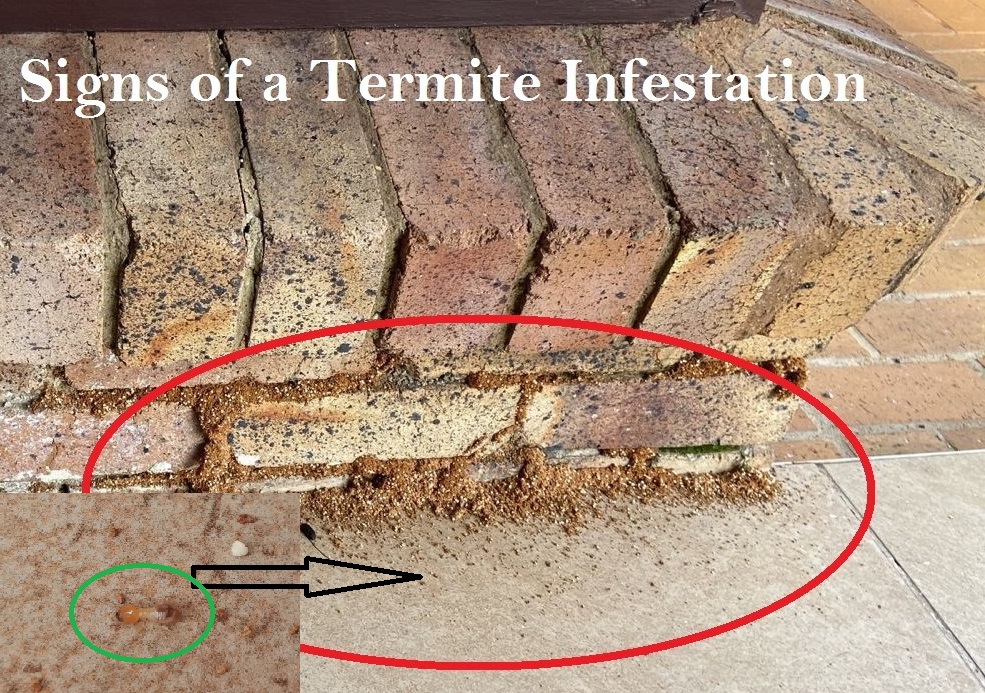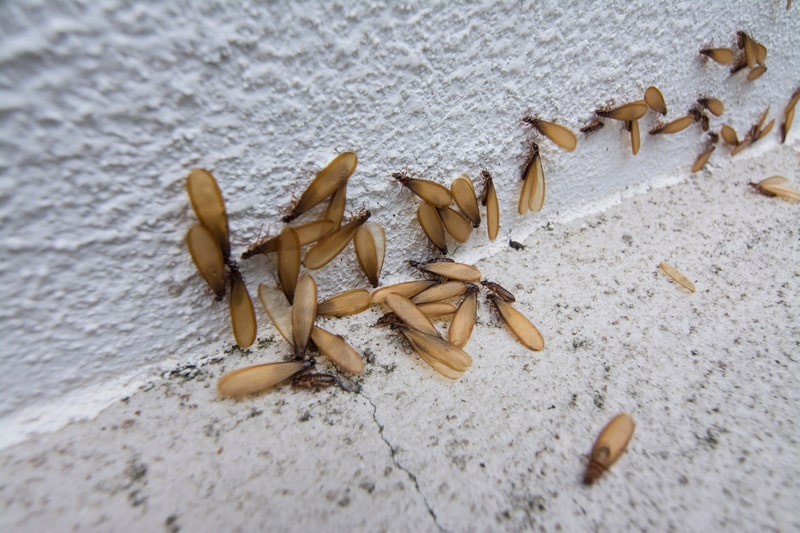
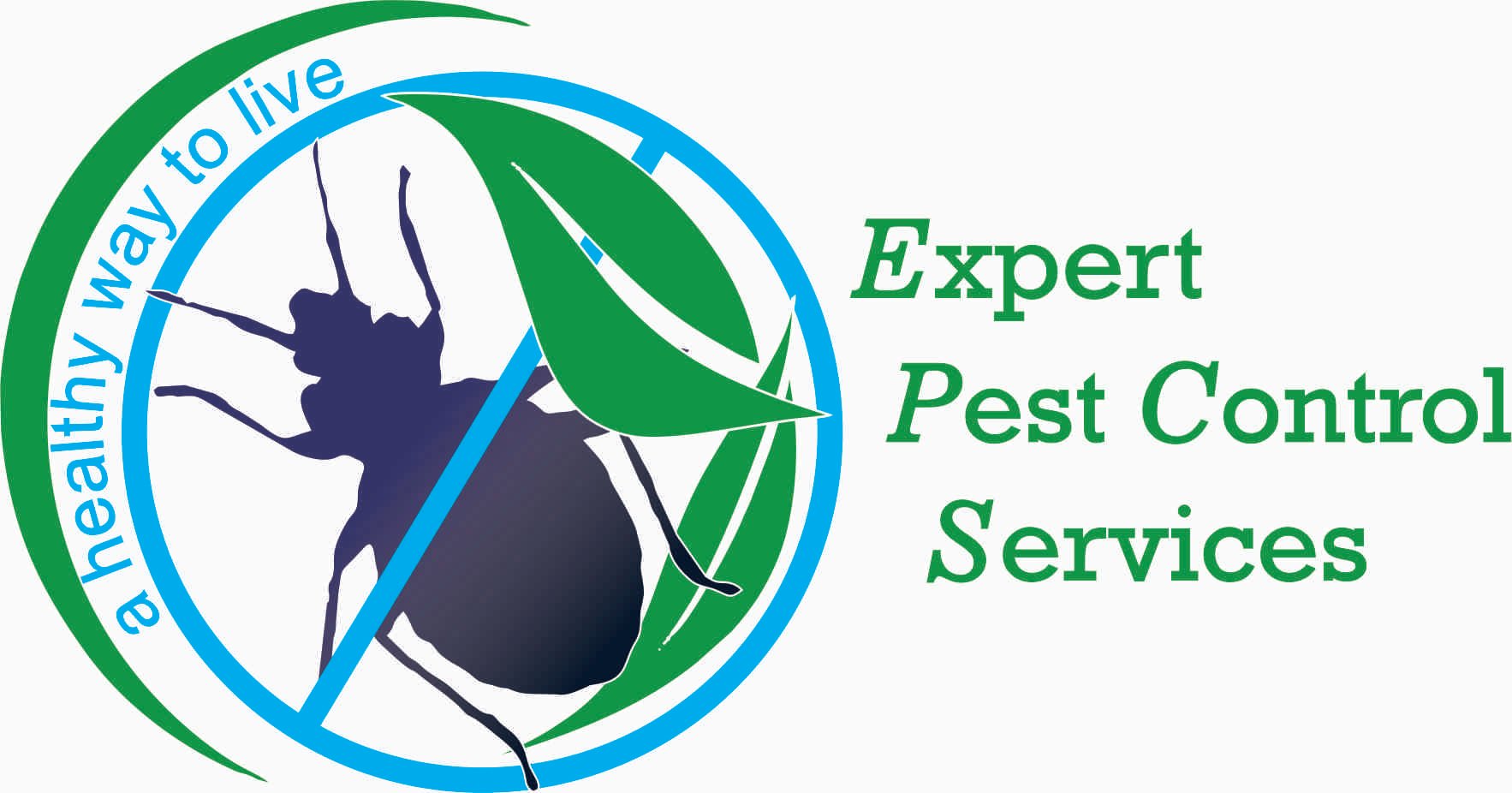
0861 800 300
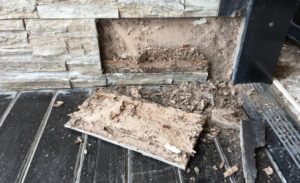
Termite Control
Termites are known as "silent destroyers" because of their ability to chew through wood, flooring and even wallpaper undetected. There are about 2,000 known termite species in the world.

They are white, as the name “white ant” implies, with soft bodies and hard powerful jaws which allow them to chew through all wooden materials.
In Gauteng, our climate promotes termite infestation, thus, we have two prevalent termite species namely subterranean and harvester termites. Harvester termites attack lawns leaving behind round patches of stripped grass whereas subterranean termites attack all wood within structures.
Signs of a Termite Infestation

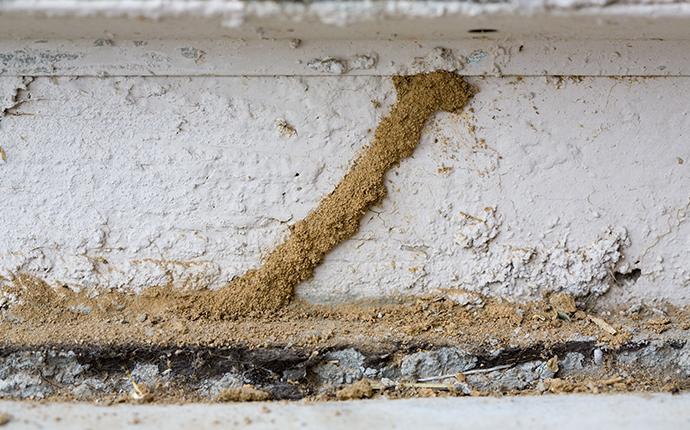
Mud Tubes
Next, check your property for mud tubes. Mud tubes look like narrow veins along the side of your home. These tubes start from the ground and tend to run towards areas with exposed wood.
If you find mud tubes, you can confirm if you have an active termite infestation by breaking off a piece of the mud tube and checking for live termites. Even if you don’t find any at first, come back later to check if the tube has been repaired.
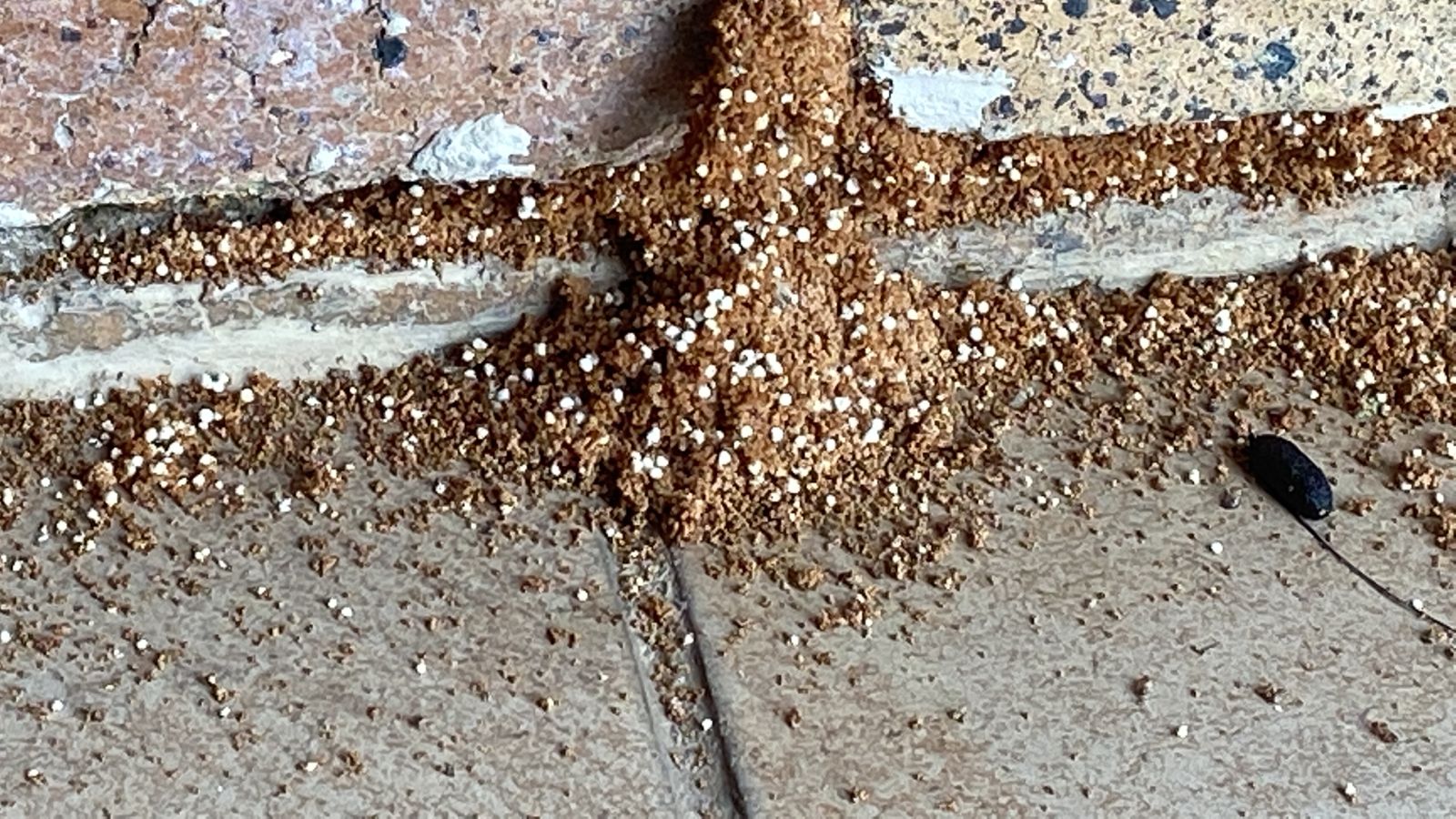
Termite Droppings
Drywood termites produce wood-colored droppings as they eat through infested wood. If a homeowner finds a small pile of what looks like pellets inside or outside the home, it could be a sign of a drywood termite infestation.

Wood Damage
Termites tend to eat wood from the inside out, so wood that sounds hollow when tapped often signifies a termite infestation.
